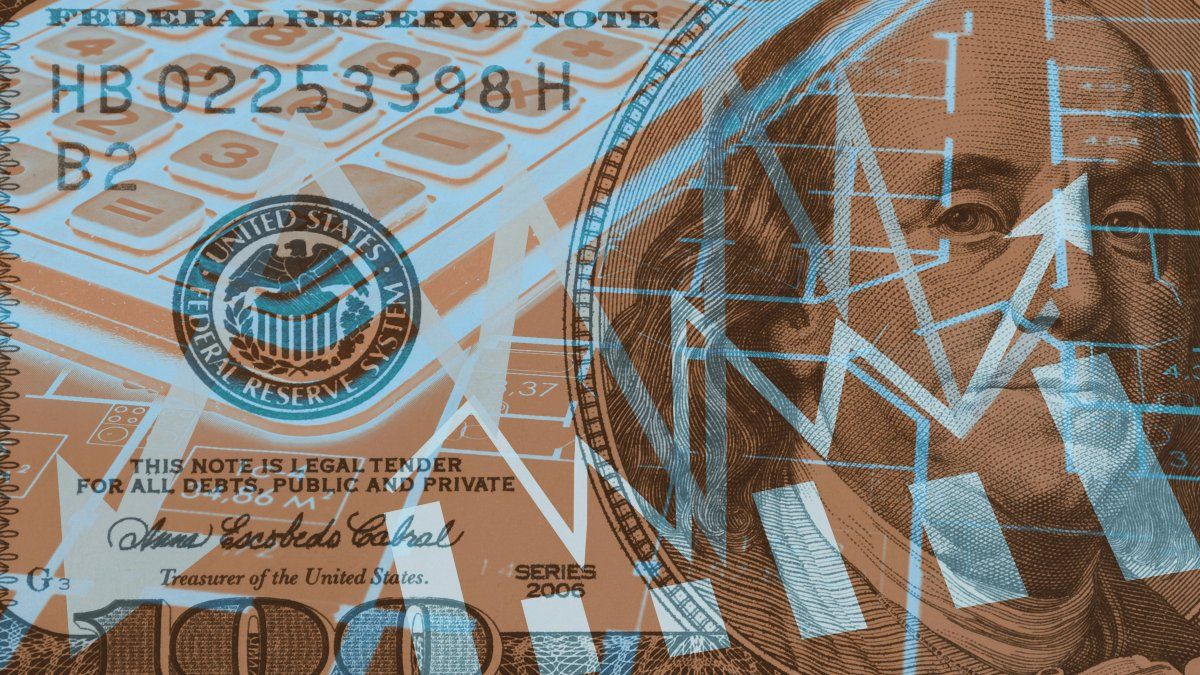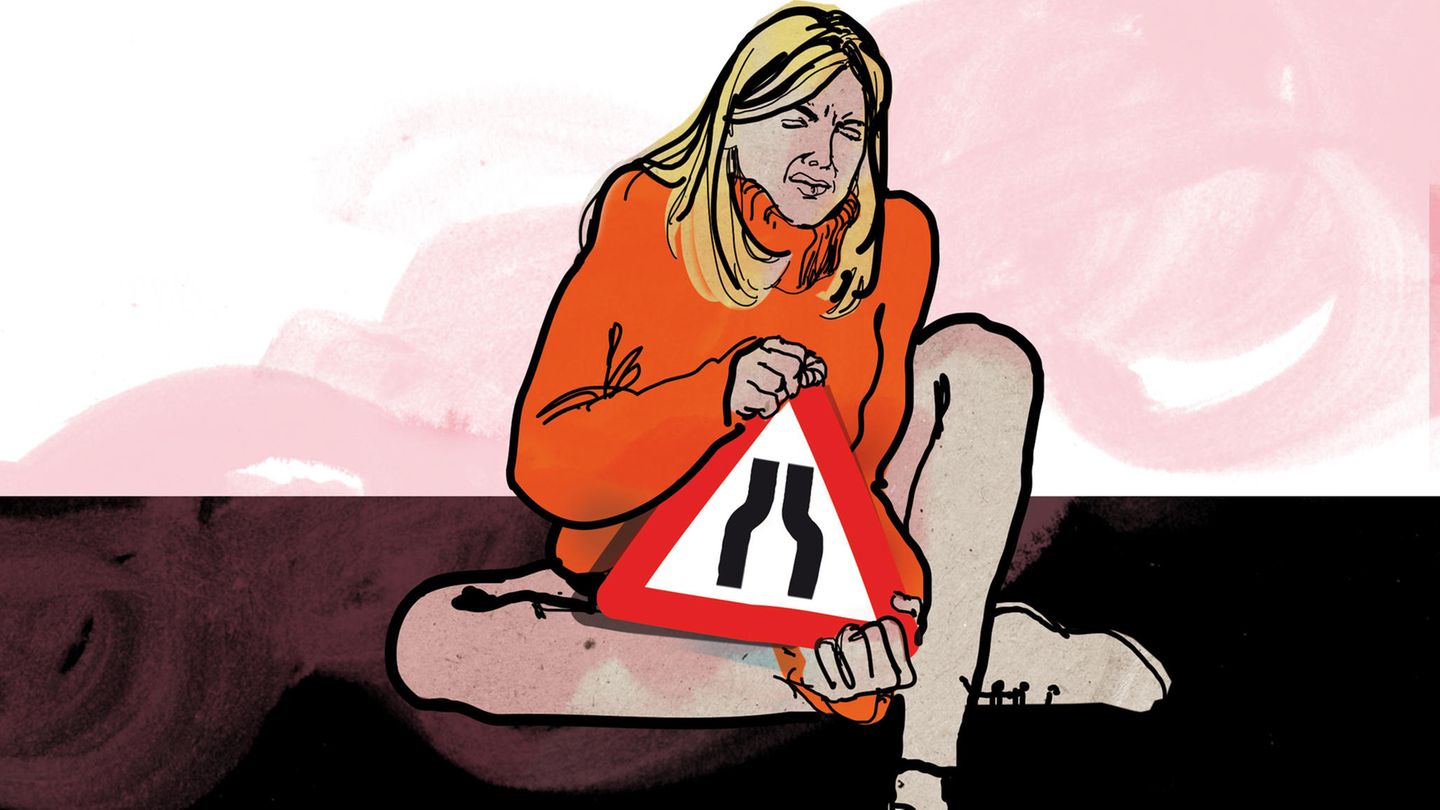The imminent lowering of the crawling peg to 1% per month promises to accelerate the carry trade and poses challenges for the real economy.
Next Tuesday the data will be known inflation of the month of December, and, according to what was announced by the president Javier Milei, If this indicator is less than 2.5%, the Central Bank of the Argentine Republic (BCRA) will reduce, on the same or subsequent days, the “crawling peg” from the current 2% monthly to 1% monthly. This decision marks a decisive commitment towards the continuity of the disinflation process, although not free of risks and collateral effects.
The content you want to access is exclusive to subscribers.
Along with the reduction of the monthly devaluation rate, It is likely that the BCRA will also adjust the monetary policy rate downwards. This movement could have an impact on the rate that the Treasury will offer in the first tender of the year, scheduled for the following day. It would also be desirable for these measures to be accompanied by the elimination or, at least, a significant reduction of the so-called blend dollar, which has distorted the exchange market and limits the amount of reserves accumulated by the BCRA.


The dollar continues to be one of the main anchors of the Government’s disinflationary strategy. Currently, the 2% monthly increase in the exchange rate seems to operate as a floor for lowering inflation. However, the latest data on wholesale inflation of imported products suggest a different behavior: in recent months, these prices have grown below said percentage (November: -1.2%; October: -0.4%; September: -1.4%; August: 0.2%; July: 1%). This could indicate that there is room to reduce crawling peg, although it also reinforces the need to proceed with caution.
Impact on the “carry trade”
Reducing the crawling peg to 1% per month could fuel a renewed wave of carry trades. In recent weeks, some investors have already begun to anticipate setting peso placement rates at higher levels, aware that a drop in the devaluation rate could narrow future opportunities.
The “carry trade” consists of taking credits in dollars, settling them in pesos in the Single and Free Exchange Market (MULC), and placing those pesos in instruments with higher returns in local currency. Under a scenario where the cost of credit in dollars is 6% annually and the “crawling peg” is 1% monthly (equivalent to an annual rate of 12.7%), these pesos could be placed in instruments that yield above 30%. This generates virtually risk-free profits for those who access the official market.
It is important to highlight that investors who bet on the interest rate in pesos face a greater risk by not having guaranteed the price at which they will be able to dollarize again, since they operate in the financial market, where the price of the dollar is not supported by the BCRA. Despite this risk, the appeal of the “carry trade” has been considerable: dollar credits grew significantly in 2024, reaching a stock of more than USD 10 billion, compared to less than USD 4 billion at the beginning of the year. .
Consequences for the real economy
The main consequence of the reduction of the “crawling peg” will be a greater appreciation of the peso. The magnitude of this effect will depend on both the evolution of inflation and the behavior of the dollar internationally. In the real economy, an appreciation of the peso could stimulate an increase in imports, generating greater demand for official dollars. Likewise, it could negatively impact employment and economic activity, since local industries could begin to substitute national production with imported products.
Although the fiscal surplus is positive news for the country, the exchange rate is more linked to the productivity of the economy than to fiscal results. Although a lower cost of financing can alleviate certain sectors, the appreciation of the peso experienced in the last year poses serious limitations for export competitiveness. Furthermore, a sustained exchange rate delay raises expectations of a sharp jump in the exchange rate in the future.
Challenges for 2025
The exchange rate policy of 2025 is emerging as one of the greatest challenges for the government. Increasing the exchange rate delay will not only have consequences on the real economy, but will also increase speculative pressures for an eventual exchange rate adjustment. Although the government has promised to move towards exchange freedom, a scenario similar to the exit from the stocks in 2015-2016 seems unlikely in the short term. Instead, gradual strategies could be proposed to reduce exchange restrictions without compromising macroeconomic stability.
The decision to reduce the “crawling peg” represents a bold bet that could consolidate the disinflation process or, on the contrary, generate new tensions in the economy. Its success will depend on the government’s ability to manage exchange rate imbalances, contain inflationary expectations and preserve the competitiveness of the economy in an uncertain global context.
Source: Ambito




